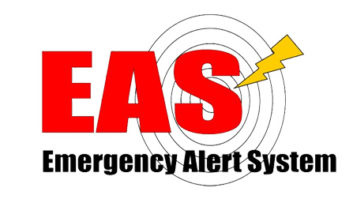
No missile hit Hawaii in January; but the false alert about one certainly had an impact, heightening the focus on the nation’s alerting system including Wireless Emergency Alerts.
At Tuesday’s Federal Communications Commission meeting, all five commissioners including the chairman were in agreement about the need to improve wireless emergency alerting. They adopted rules specifically to improve the geographic targeting of such alerts.
The updated rules are designed to promote wider use and effectiveness of WEA, particularly for state and local authorities to convey critical messages to communities.
The commission also added to the meeting a last-minute presentation by the Public Safety & Homeland Security Bureau. It provided a preliminary report from its investigation into the false alert that occurred on Jan. 13.
The FCC will now require wireless providers to deliver WEA alerts in a more geographically precise manner so that alerts reach affected communities but not those outside of an affected area.
This enhanced “geotargeting” requirement — whereby WEA alerts must be delivered no more than a one-tenth of a mile outside of the target area — will go into effect on Nov. 30, 2019. The rules also state that alert messages must remain in an easily accessible format on mobile devices for 24 hours after the alert is sent.
“Today, the FCC took a major step forward in improving our wireless emergency alert system,” Chairman Ajit Pai said. “[Today we] made an important life-saving tool even more effective.”
Other changes to WEA include a requirement that wireless providers support Spanish-language messages and extend the length of alert messages from 90 to 360 characters. The deadline for those enhancements is May 1, 2019.
More information on the changes enacted can be found here.











